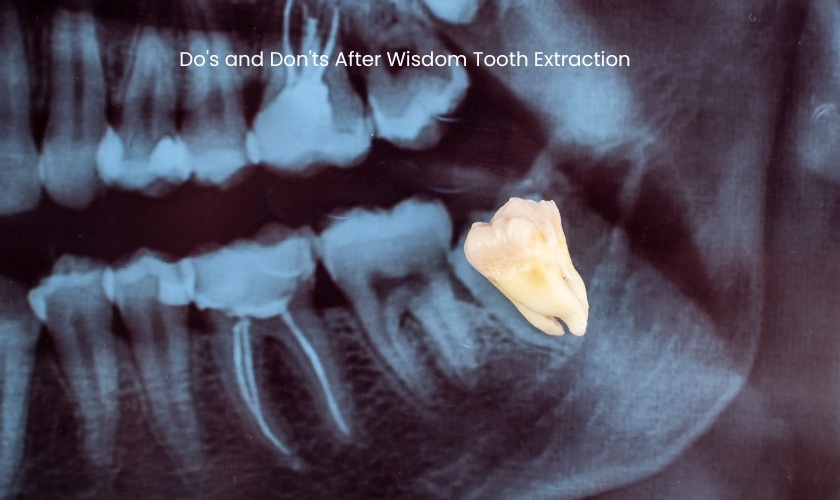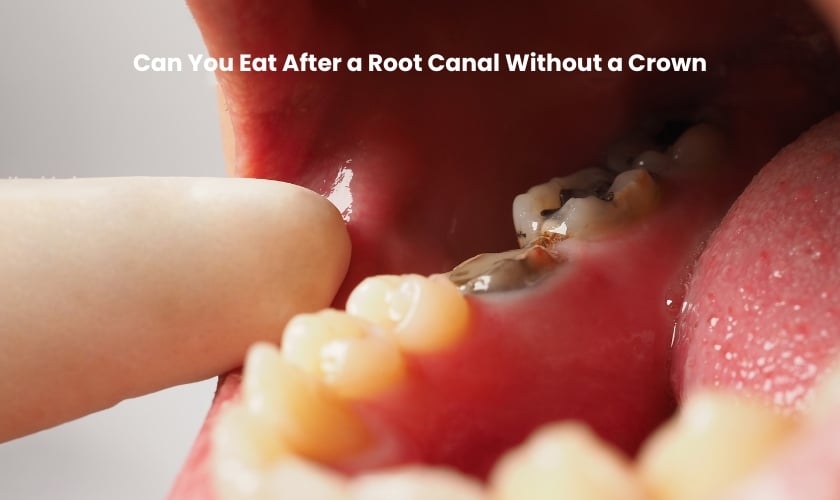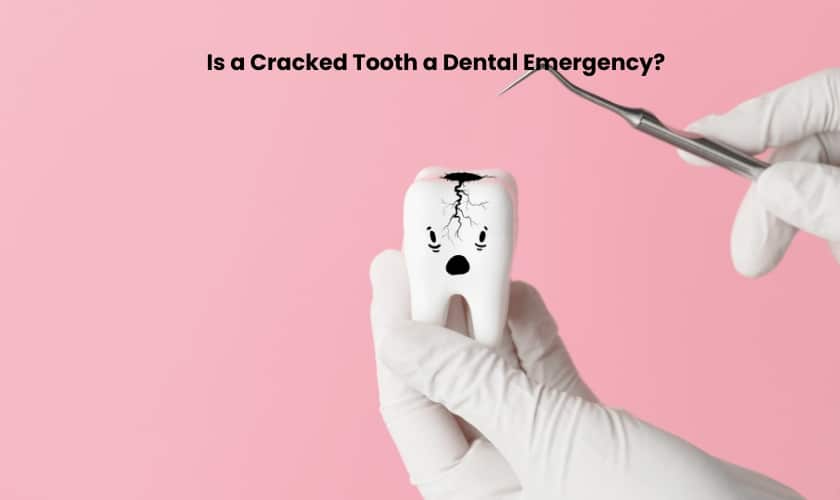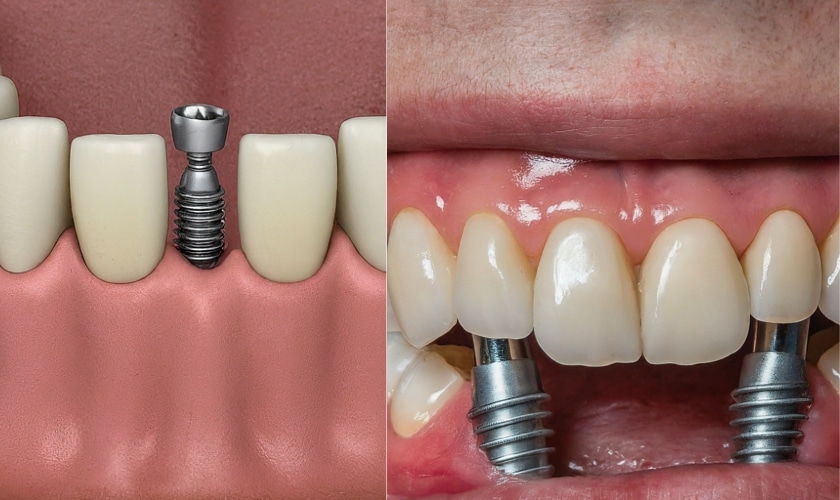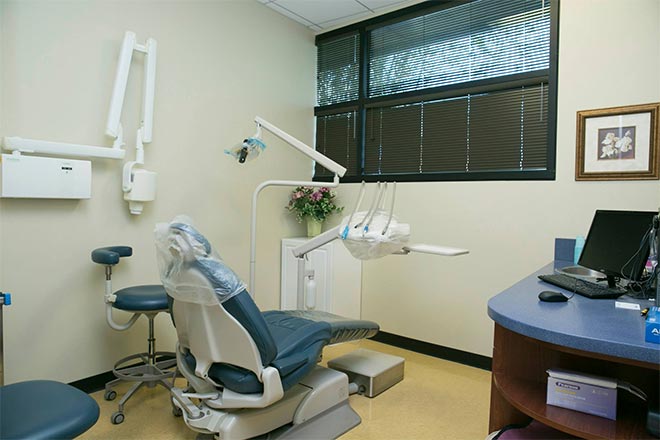
The Future of Dentistry: Technological Advances from Riverside Clinics
The world of dentistry is undergoing a fascinating transformation, driven by a surge of technological advancements. From robotic-assisted procedures to personalized treatments through AI, the future of dentistry promises to be both innovative and patient-focused.
Let’s explore some of the most exciting technological trends shaping the future of dentistry, as seen through the lens of leading Riverside clinics.
1. Robotics in Dentistry: Enhanced Precision and Efficiency
Robotic technology is revolutionizing various industries, and dentistry is no exception. Robotic arms are increasingly being incorporated into dental procedures, offering several advantages:
- Enhanced Precision: Robotics can perform intricate tasks with unmatched precision, minimizing human error and ensuring consistent outcomes. This is especially beneficial for complex procedures like implant placement, crown fitting, and delicate gum surgery.
- Improved Efficiency: Robotic assistance can automate certain aspects of dental procedures, streamlining the workflow and reducing overall treatment time. This translates to shorter appointments and potentially lower costs for patients.
- Reduced Patient Anxiety: The robotic arm’s controlled movements and predictable nature can alleviate anxiety in patients who feel apprehensive about traditional dental tools.
2. Artificial Intelligence (AI) in Dentistry: Personalized Care and Predictive Diagnostics
The application of AI is transforming how dentists approach patient care. Here are some ways AI is impacting the future of dentistry:
- Personalized Treatment Plans: AI algorithms can analyze vast amounts of patient data, including medical history, X-rays, and genetic information, to create personalized treatment plans. This allows for a more tailored approach to oral health care, catering to individual needs and risks.
- Predictive Diagnostics: AI systems can analyze dental images and identify early signs of oral diseases like caries (cavities) and periodontal disease. This early detection allows for prompt intervention and preventative measures, leading to better long-term oral health outcomes.
- Improved Dental Education and Training: AI-powered simulations can provide dental students and professionals with realistic training experiences, enhancing their skills and proficiency in various procedures.
3. Teledentistry: Expanding Access to Dental Care
Teledentistry utilizes communication technologies like video conferencing and secure messaging platforms to facilitate remote dental consultations and consultations. This offers several benefits, particularly for individuals who:
- Live in geographically remote areas with limited access to dental care.
- Experience anxiety or difficulty visiting a dental office due to mobility issues or other challenges.
- Require follow-up consultations after initial treatment.
4. 3D Printing in Dentistry: Customized Solutions and Streamlined Processes
3D printing technology is finding increasing applications in the dental field, offering several advantages:
- Customized Dental Products: 3D printing allows for the creation of customized dental prosthetics like crowns, dentures, and implants, ensuring a perfect fit and improved functionality.
- Streamlined Workflow: 3D printing can expedite the production of dental products, reducing waiting times for patients and potentially lowering costs.
- Surgical Planning and Simulations: 3D-printed models of teeth and jaws can be used for surgical planning and simulations, leading to more precise and efficient procedures.
5. Virtual Reality (VR) and Augmented Reality (AR) in Dentistry: Enhanced Learning and Patient Experience
VR and AR technologies are finding innovative applications in dentistry:
- Virtual Reality Training: VR simulations can create realistic scenarios for dental students and professionals to practice procedures in a safe and controlled environment.
- Augmented Reality for Patient Education: AR applications can visualize dental procedures and treatment outcomes, enhancing patient understanding and reducing anxiety.
- VR Pain Management: VR experiences can be used as a distraction technique for patients undergoing dental procedures, potentially reducing the need for sedation.
The Future of Dentistry: A Collaborative Approach
While these technological advancements are shaping the future of dentistry, it’s important to remember that they are not meant to replace dentists. Instead, the future of dentistry envisions a collaborative approach where technology empowers dentists to provide even better care to their patients.
Dentists will continue to play a crucial role in patient diagnosis, treatment planning, and providing personalized care.
Looking Ahead: Riverside Clinics at the Forefront of Innovation
As the future of dentistry unfolds, leading Riverside clinics are actively embracing these technological advancements. These clinics invest in training their staff to utilize the latest technologies effectively, ensuring their patients receive the most advanced and personalized dental care possible.
